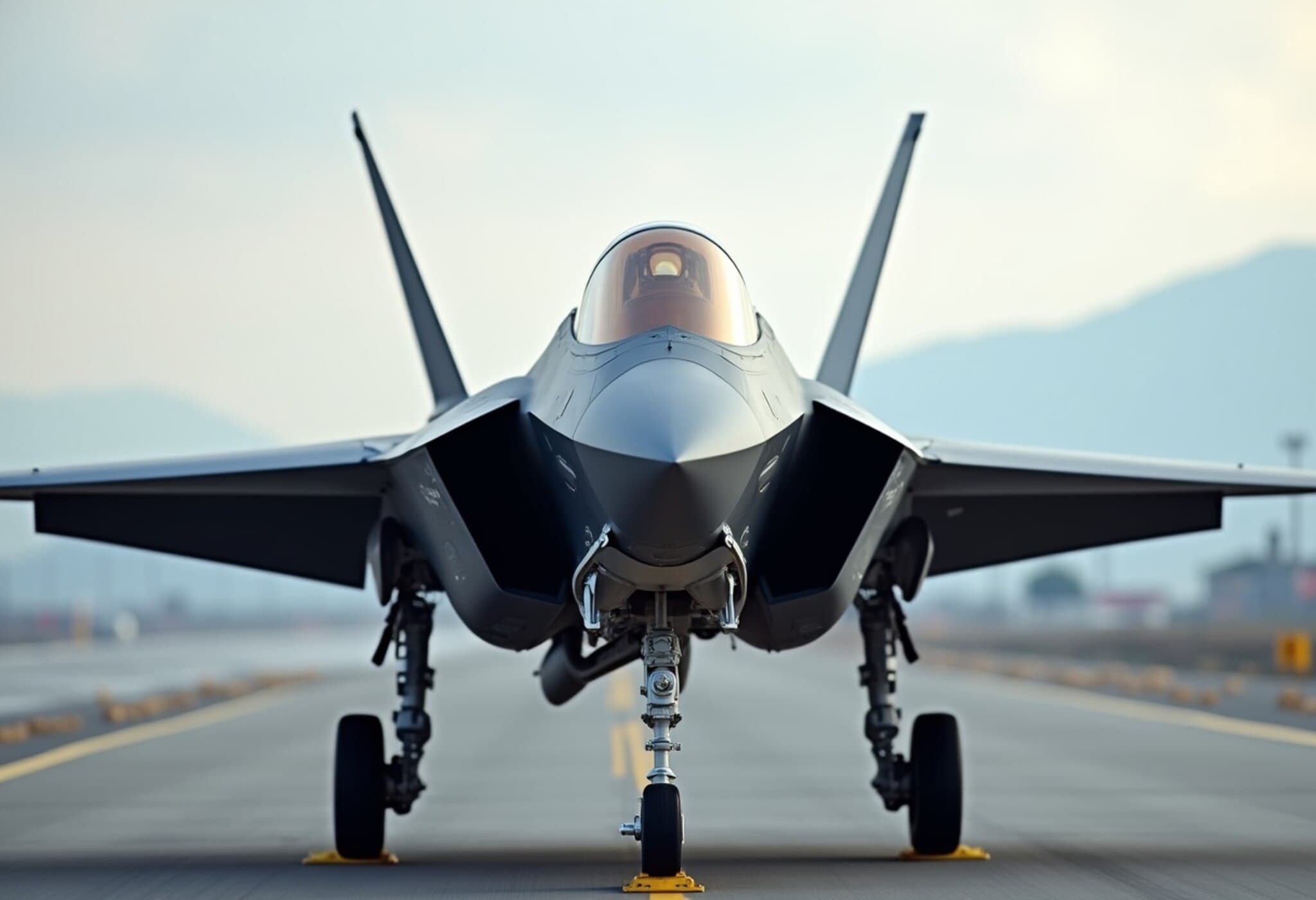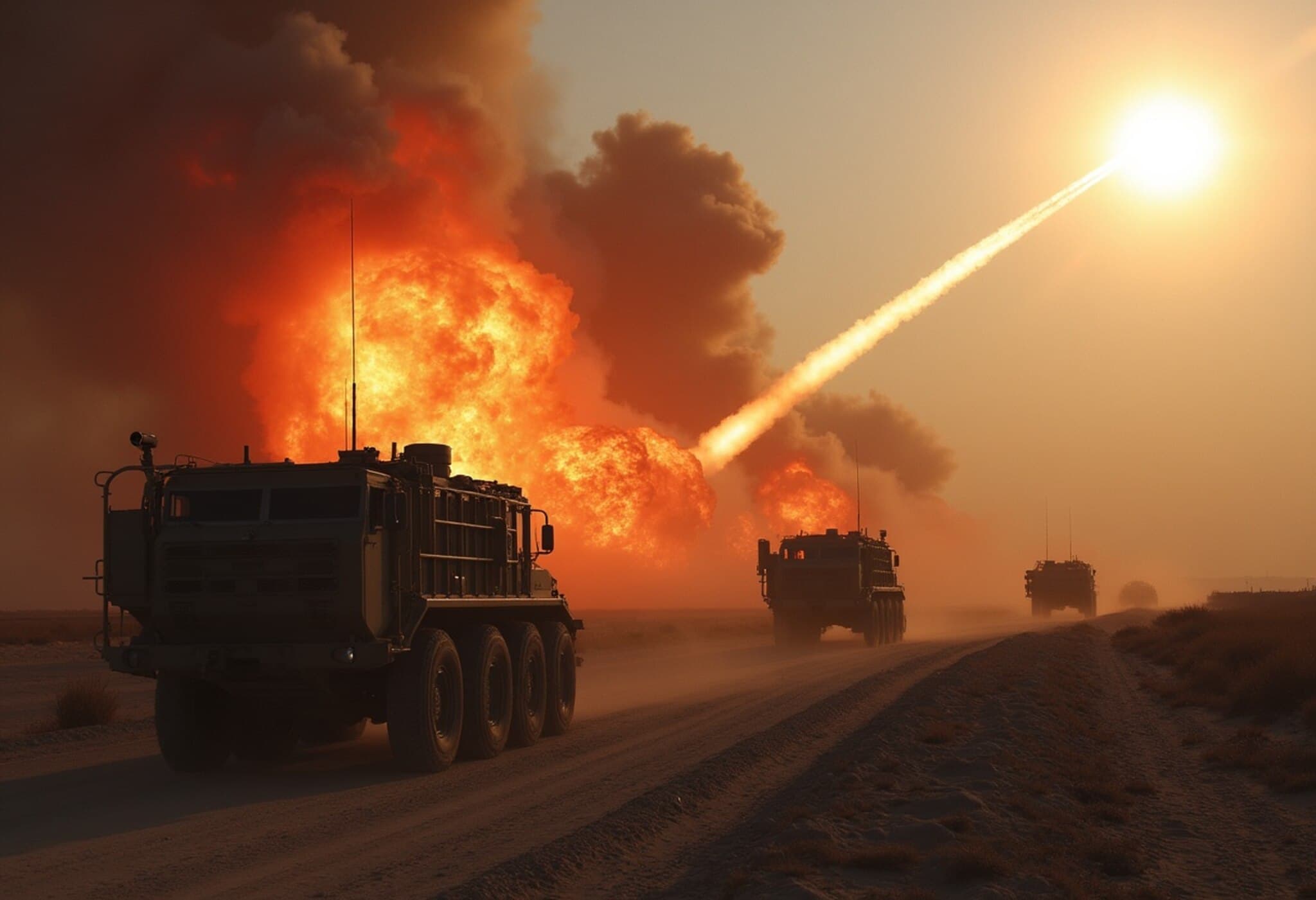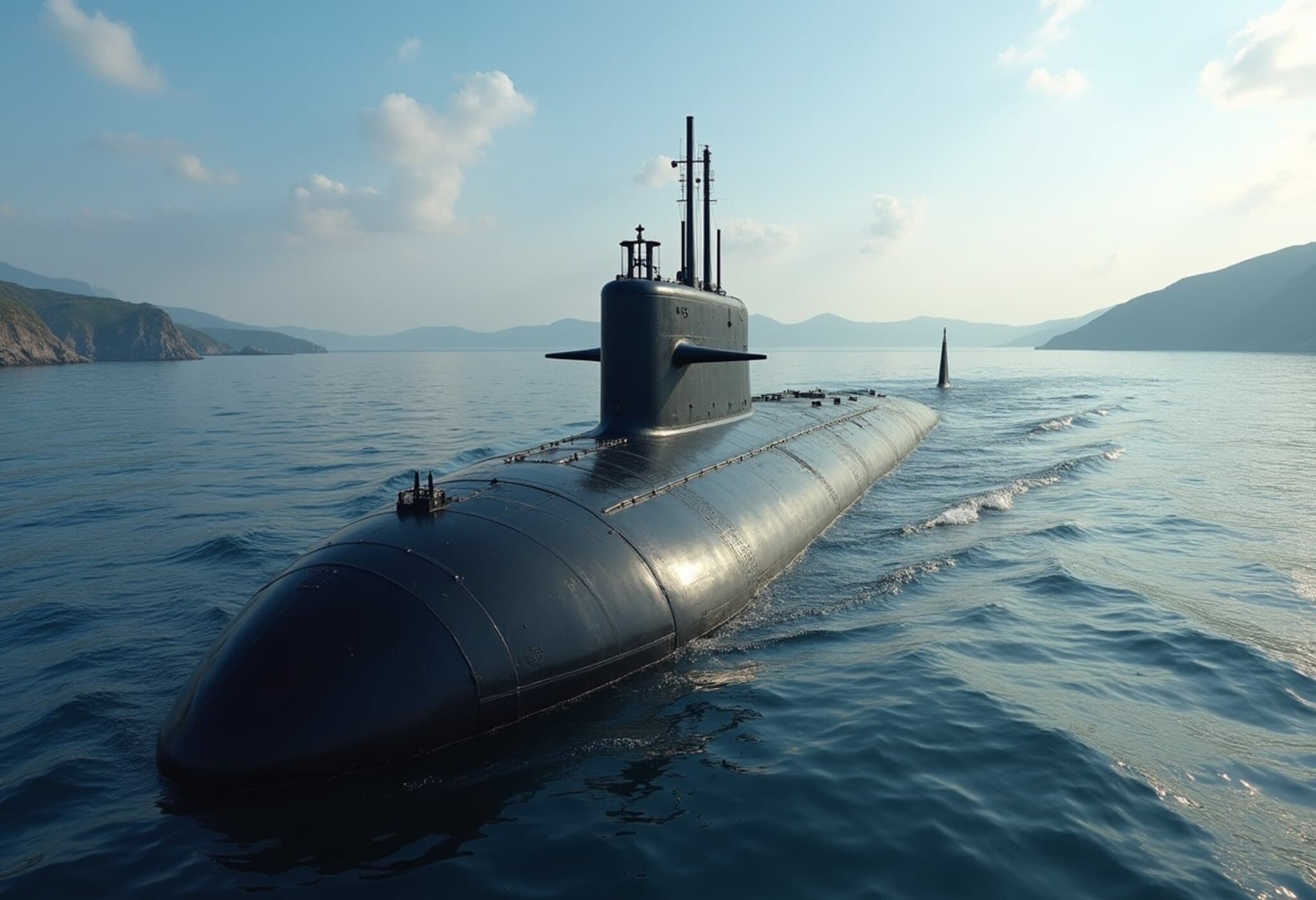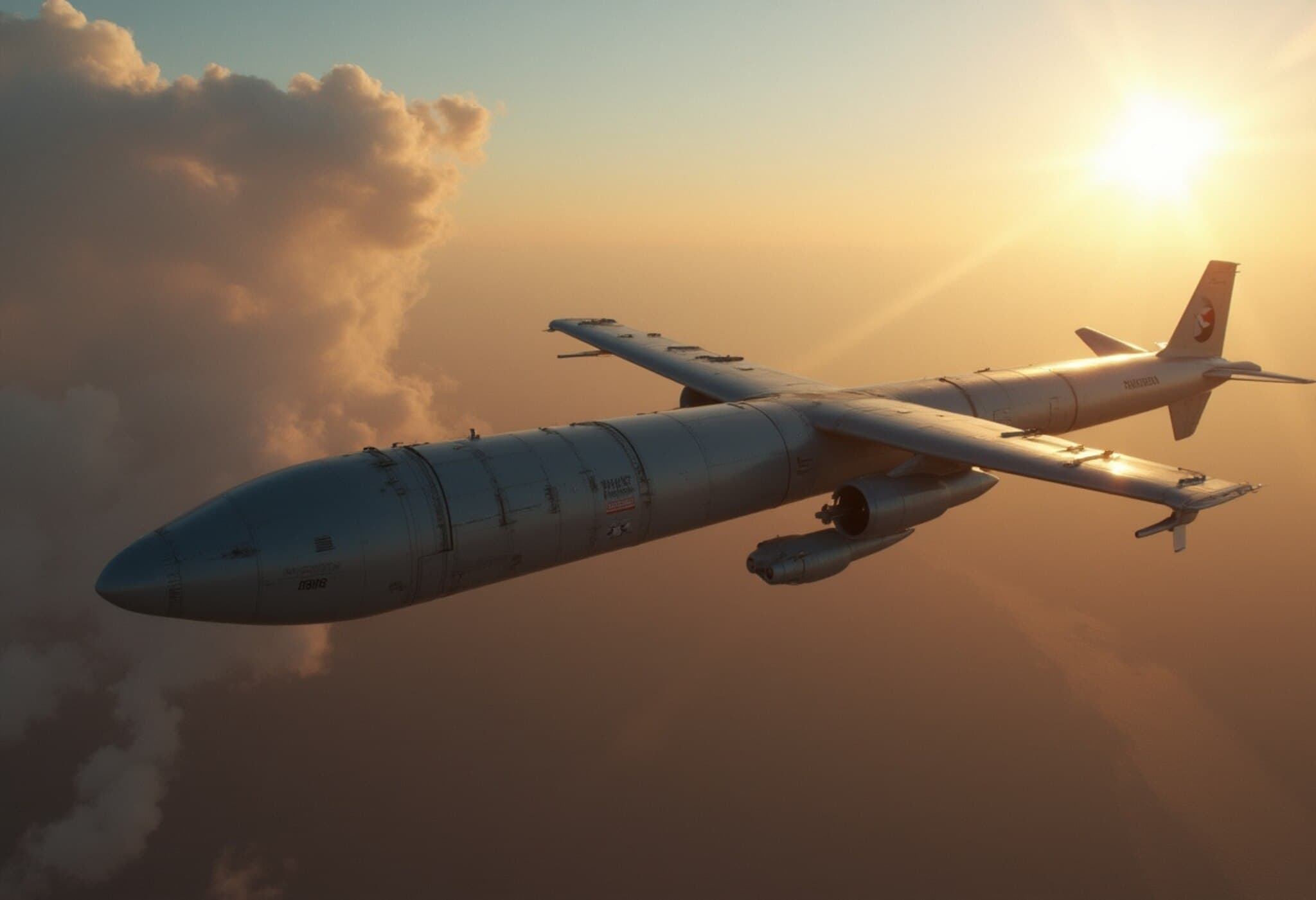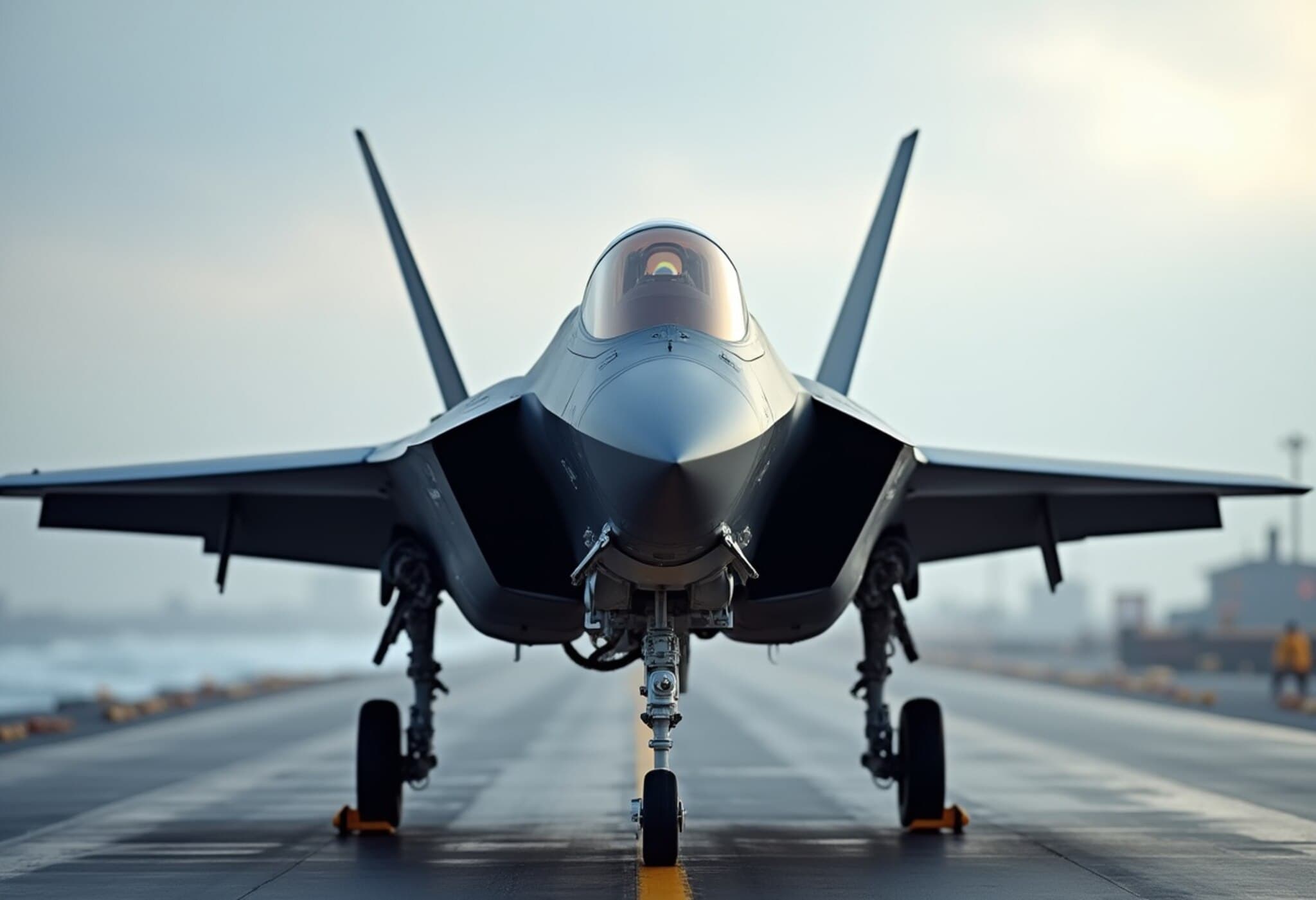British F-35 Fighter Jets Experience Emergency Landing in Japan
In a concerning yet controlled incident on August 10, 2025, a British F-35 stealth fighter was forced to perform an emergency landing at Kagoshima Airport in southwestern Japan after encountering a technical malfunction. The disruption lasted for about 20 minutes, impacting commercial flight operations briefly but fortunately resulting in no injuries.
Incident Details and Immediate Response
According to local airport authorities and corroborated by Kyodo News, the aircraft touched down safely around 11:30 AM following an unexpected technical fault. The runway closure temporarily halted some departures and arrivals, showcasing the airport’s swift coordination and effective crisis management protocols. Emergency landing procedures were executed smoothly, underscoring pilot training and ground support readiness.
Context: Joint Military Exercises in the Indo-Pacific
This emergency landing took place amid ongoing joint military exercises involving the United Kingdom, Japan’s Maritime Self-Defense Force, and the United States. Initiated on August 4, these drills underline increasing defense cooperation and strategic alignment among allied powers in the Indo-Pacific region amid growing geopolitical tensions. The F-35 in question is part of a larger carrier strike group deployed in the western Pacific, demonstrating interoperability and combat readiness.
Looking Back: Previous F-35 Emergency Landing in India
Notably, this is not the first contemporary incident involving British F-35 jets. In July 2025, a British F-35B made an emergency landing in Thiruvananthapuram, Kerala, India, due to a hydraulic system malfunction during a routine sortie. The aircraft, connected to the UK’s HMS Prince of Wales carrier, remained grounded for over a month but was supported extensively by Indian defense and airport authorities, reflecting strong Indo-British defense collaboration.
Expert Insights and Regional Implications
The F-35B’s advanced design enables short takeoff and vertical landing, making it versatile for modern naval operations. However, these technical complexities also bring operational challenges as evidenced by these recent incidents. Aviation and defense experts stress that while such malfunctions are rare given the aircraft’s cutting-edge technology, their occurrences highlight the critical importance of continuous maintenance and international support networks.
From a geopolitical lens, these events occur at a time when Western powers are visibly deepening their military footprint in the Indo-Pacific, driven by concerns over regional stability, especially amid China's expanding influence. The emergency landing episodes, though handled proficiently, spotlight the logistical and operational hurdles inherent in deploying sophisticated military assets far from home bases.
What Lies Ahead?
- Continued vigilance in aircraft maintenance and pilot training to minimize in-flight malfunctions.
- Strengthening international defense ties, ensuring faster logistics and repair support capabilities in allied countries.
- Monitoring how such incidents could influence tactical deployment strategies and public perception of stealth fighter reliability.
Editor’s Note
While these emergency landings underline the technological and operational complexities of deploying state-of-the-art military aircraft, they also reveal a commendable level of preparedness and international cooperation in crisis situations. In an increasingly tense geopolitical atmosphere, the ability of allied forces to collaborate seamlessly — whether in exercises or unexpected events — is vital for regional security. Moving forward, questions around the reliability, sustainability, and strategic deployment of advanced stealth fighters like the F-35 will continue to draw scrutiny, making it imperative to balance cutting-edge innovation with robust, on-ground support systems.

